
Global Economic Prospects (Vol. 8)
Coping with Policy Normalization in High-Income Countries
Read or listen offline
Amazon KindleRecommendation
Since 2009, global influences have driven about 60% of the growth in capital inflows to developing countries, so any move that high-income countries make away from stimulus and quantitative easing will have a broad impact. The World Bank’s staff of economists and researchers set out to determine just how broad that impact would be by using sophisticated economic modeling tools that analyze the global effects of this pivotal change. The study concludes that the resulting worldwide rise in interest rates will introduce complex shifts in the way investment capital moves into developing countries. The World Bank says that if the transitions are smooth, the impact on developing countries will be minimal. However, turbulence during this transition period could result in economic distress in the form of precipitous capital flight. This report clearly details possible risks and proposes effective coping strategies, such as increased exporting. Tables, graphs, charts, figures and a statistical annex support the detailed text. getAbstract recommends this comprehensive, analytical look at the possible effects of normalization to policy makers, investors, executives, economists, academicians and strategic planners.
Summary
About the Author
The World Bank is an international financial institution that aims to reduce poverty by providing credit, advice and resources for capital projects to developing countries.







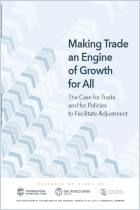
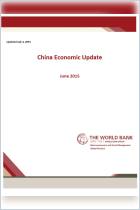
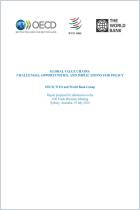
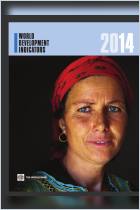
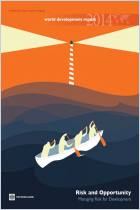
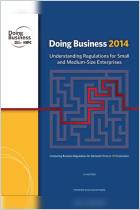
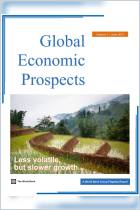
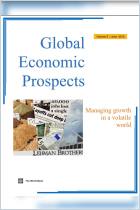
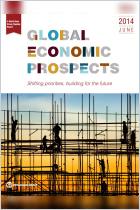

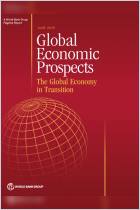




Comment on this summary or Iniciar a Discussão